Description
Pseudopanax lessonii ‘Moa’s Toes’ is a wonderfully architectural and unusual member of the Araliacae family (one of our favourites!), originating from New Zealand. The thick, leathery leaves are shades of deep green-purple-black with vibrant orange-red veins and are made up of three ‘toes’ hence the name ‘Moa’s Toes’. Who or what is Moa?
A Moa was a huge flightless New Zealand bird made extinct by hunting during 1300-1440. There is an uncanny resemblance between their feet and the leaves of this extraordinary plant. The poor old Moa was hunted for food, with the bones being useful for making ornaments or tools such as fishing hooks. Surely we owe it to the Moa to adopt one of these fabulous Pseudopanax?!
Pseudopanax lessonii ‘Moa’s Toes’ will form an excellent medium-large shrub and the fascinating foliage can be clipped back if required. Flowers will form during a warm summer and resemble those of Ivy or Schefflera which are in the same family – they are equally as popular with bees and birds will enjoy the berries that follow. Said to be hardy down to around -5, Pseudopanax lessonii ‘Moa’s Toes’ requires a sunny or dappled shade position and may need some winter protection in colder parts, but on the south coast and in warmer areas or the UK it has survived perfectly well outside. It will cope well if grown in a container and could be moved into a glasshouse or conservatory during winter months if necessary.
As with all Pseudopanax and most members of the Araliacae family, free draining and fertile soil is essential and overwatering should be avoided. Plants will benefit from occasional feeding and once established require little maintenance other than occasional pruning.
This is one of an amazing group of plants which we’re excited to be able to offer and you can expect to see more members of this fascinating family appearing online and on the nursery.

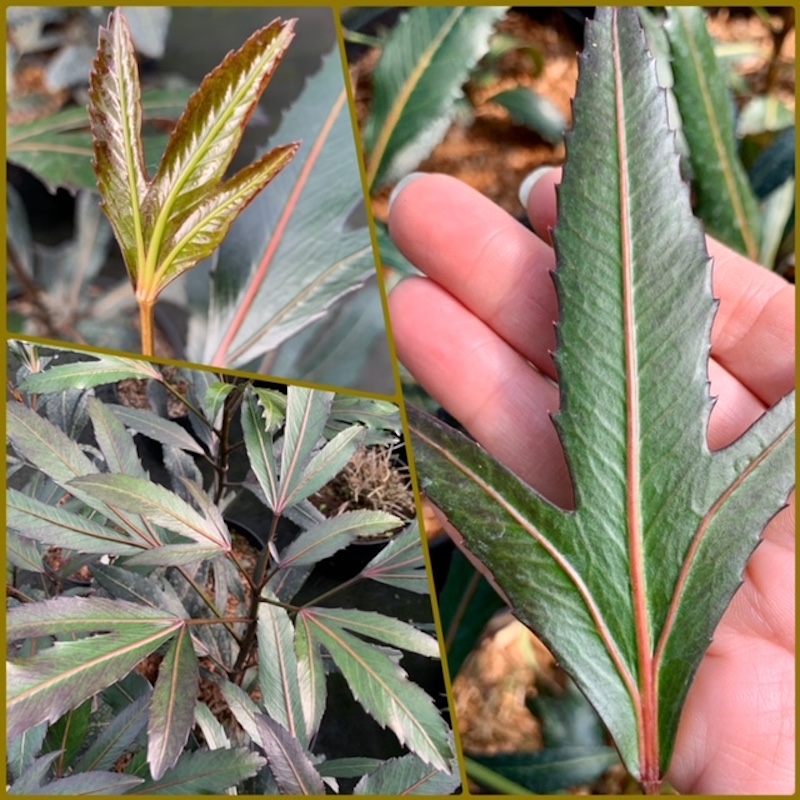
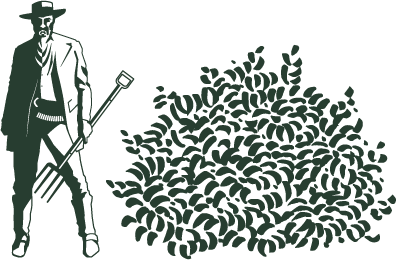
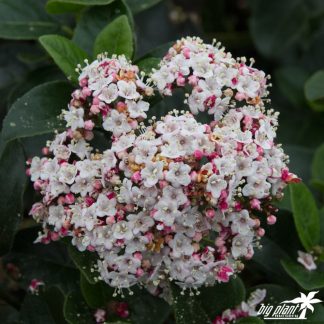
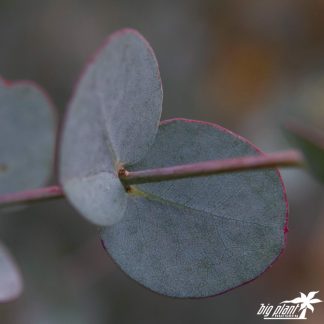
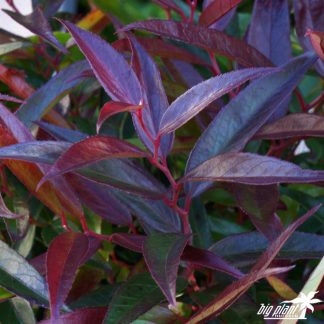
Reviews
There are no reviews yet.